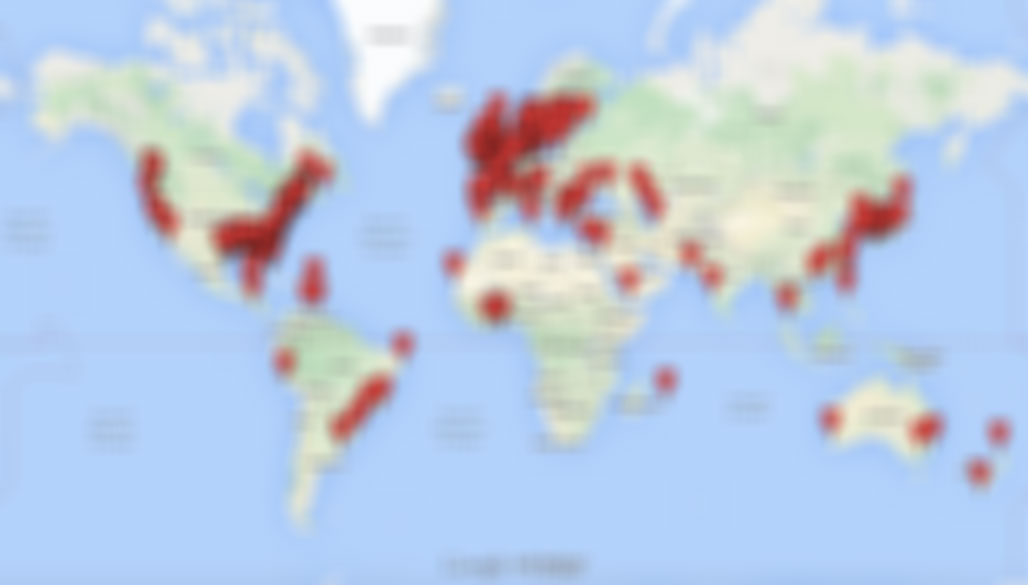


Published on July 09, 2012
For two centuries, the town of Hermann has been known for the Missouri River. But now the river is making Hermann known for an unexpected reason: It is a hot spot for nitrate. Despite three decades of costly efforts to clean it up, the levels at Hermann have increased 75 percent since 1980. From farm and urban runoff, nitrate throughout the vast Mississippi River basin funnels into the Gulf of Mexico, where it sucks oxygen out of the water and kills almost everything in its path, creating what has been called the "dead zone." One of America’s most widespread and challenging environmental problems, this pollution continues to pour into the rivers – and ultimately the Gulf – at a growing pace. And no one has figured out exactly why. One theory is that more fertilizer is washing into the watershed because corn acreage has skyrocketed. But some old nitrate could be bubbling up from contaminated groundwater, and urban population growth could play a role, too
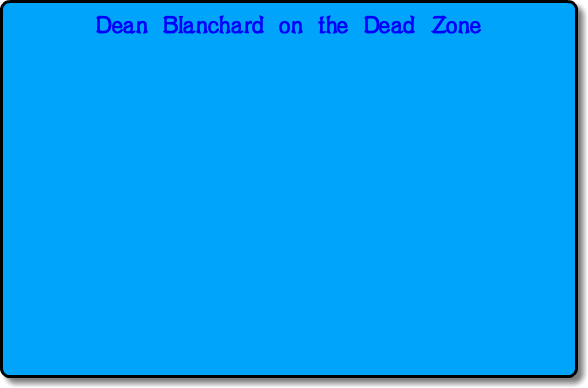


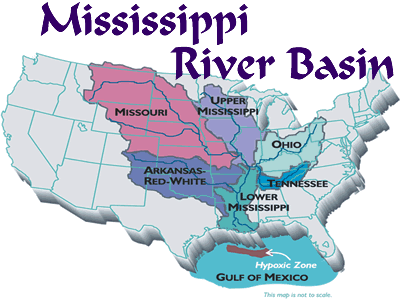


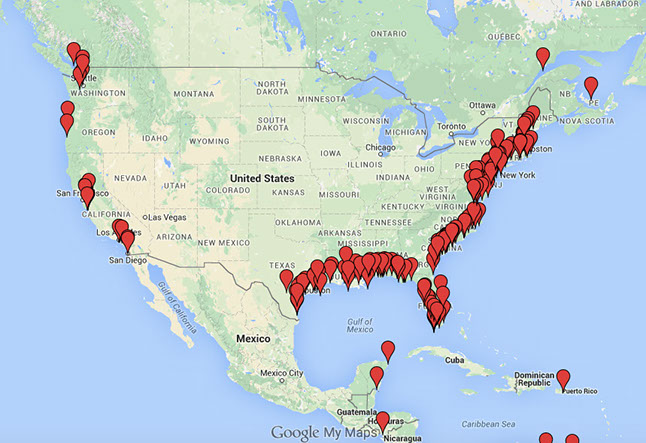
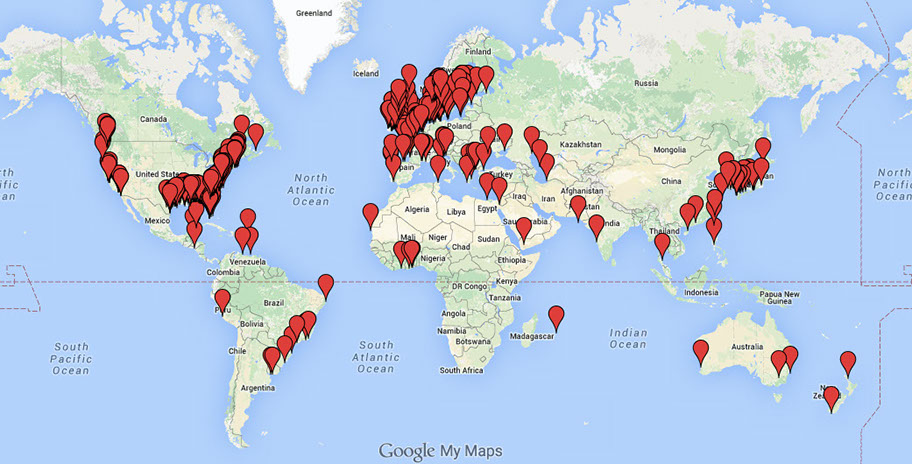






.png?crc=149674064)





